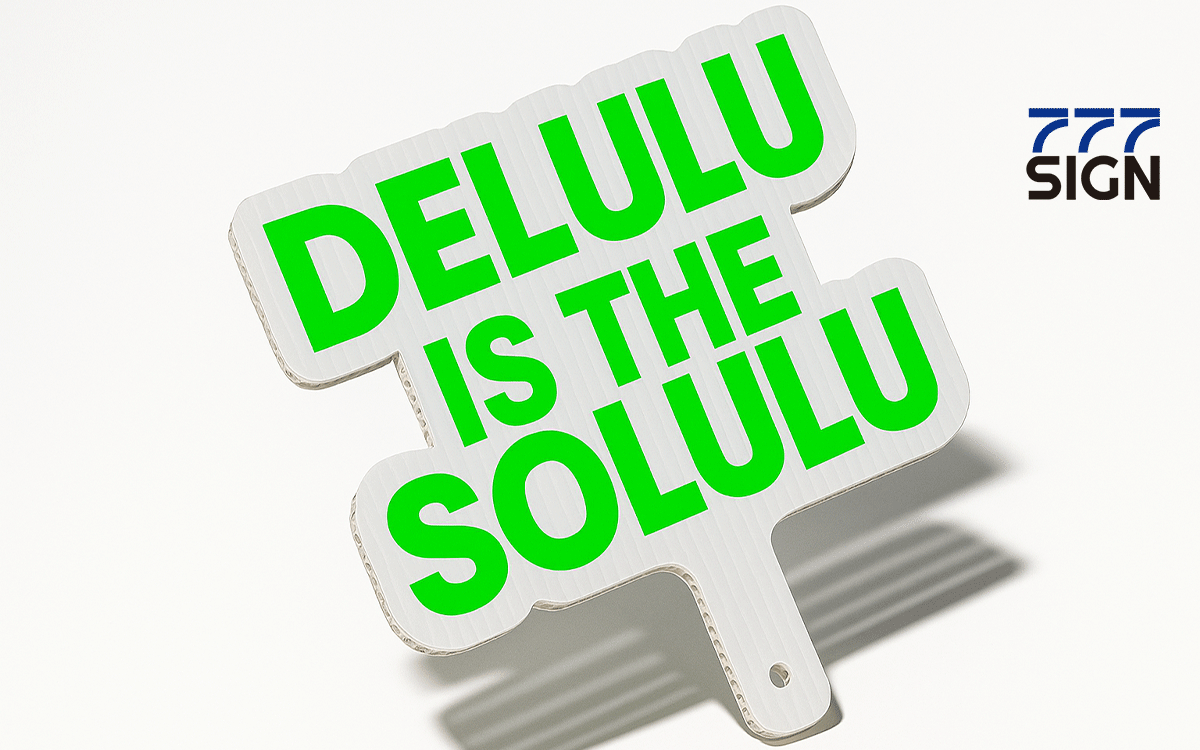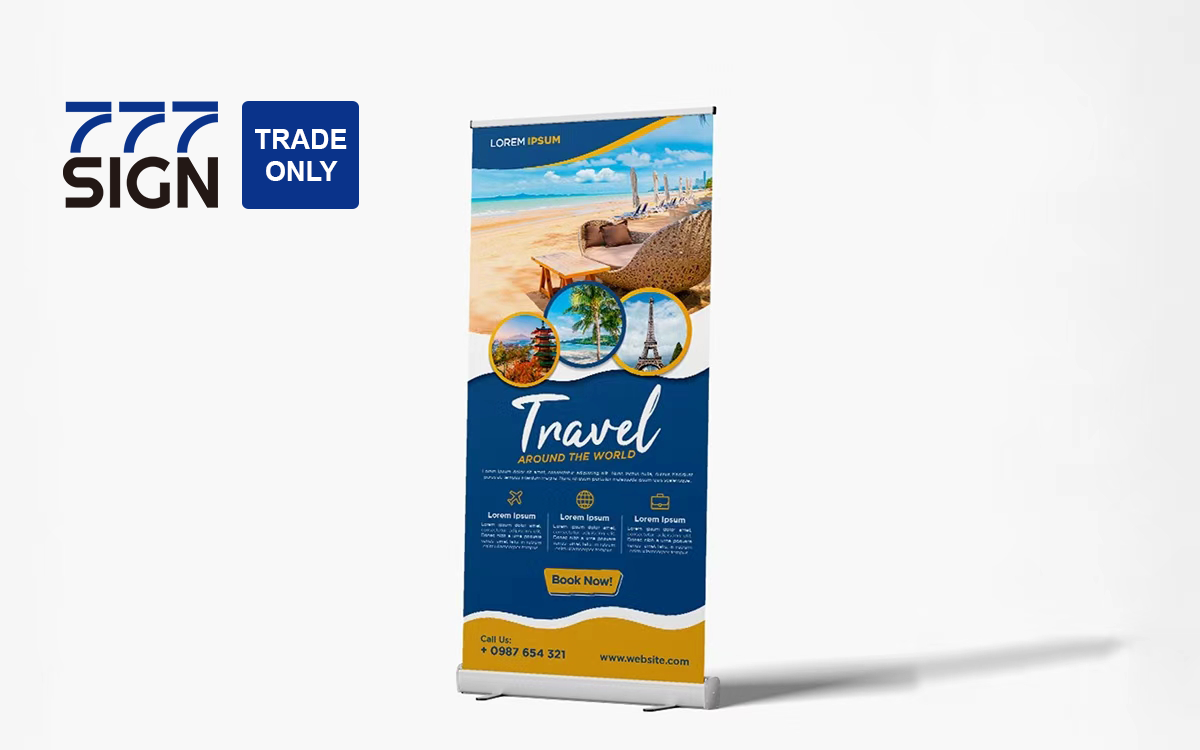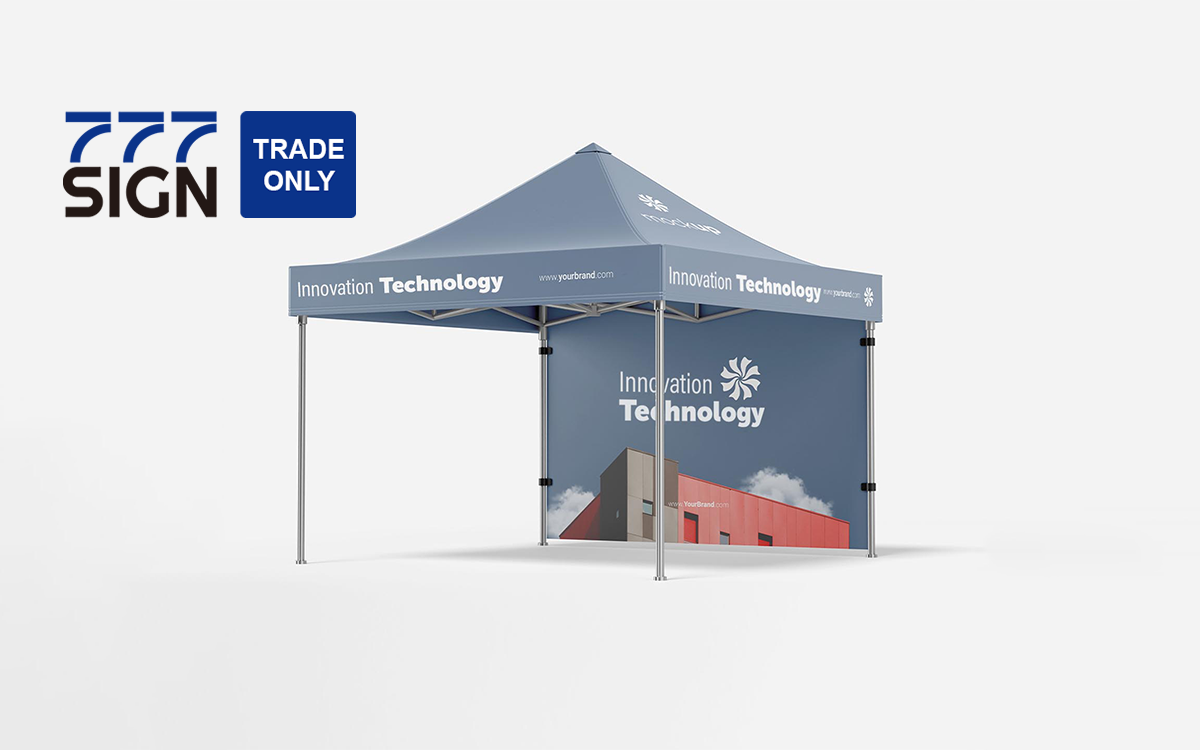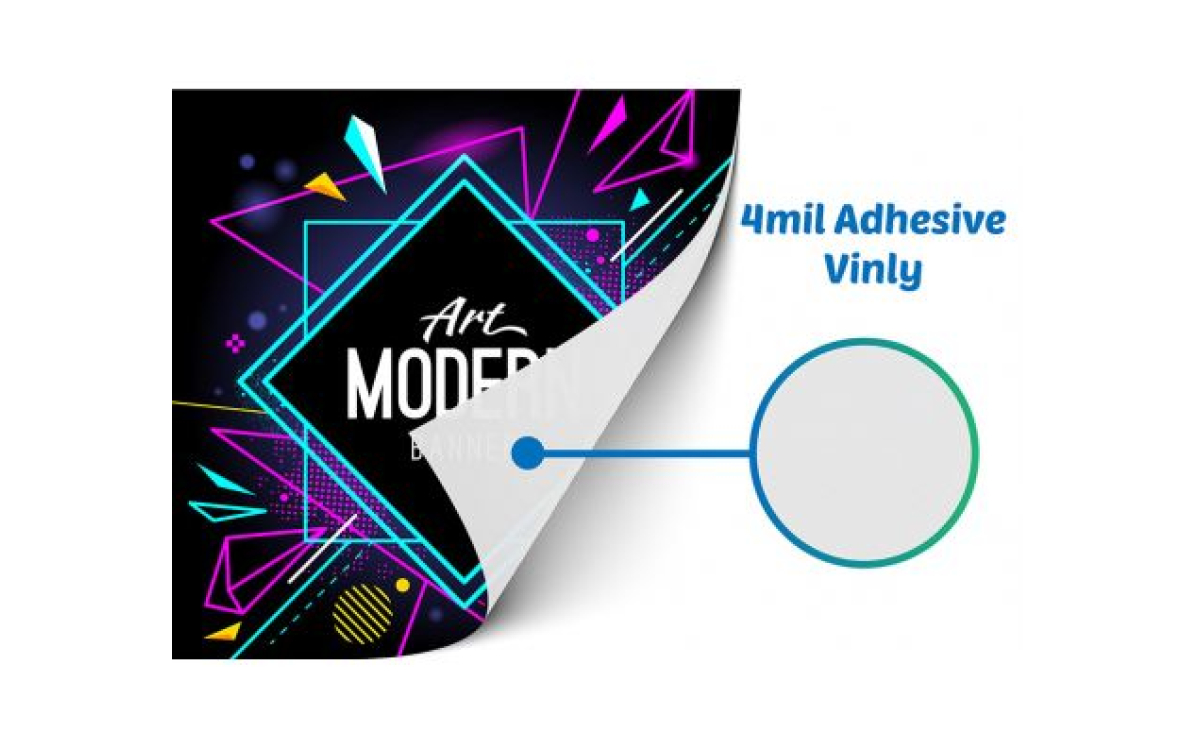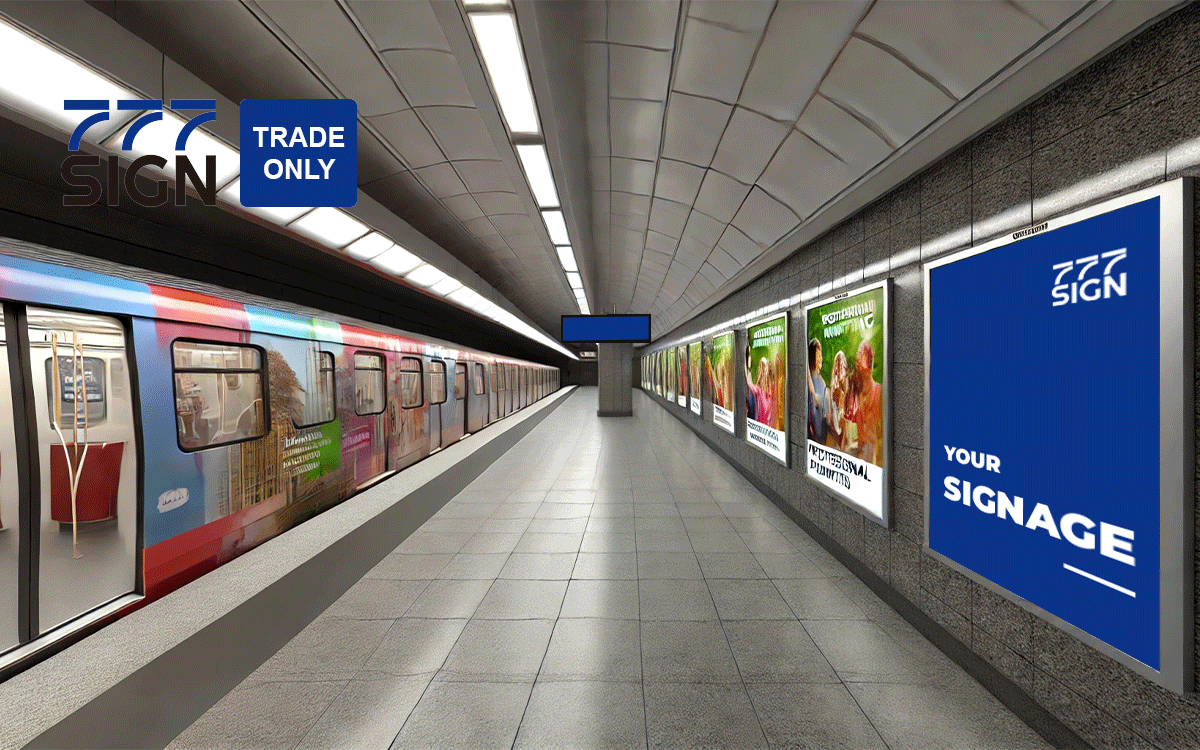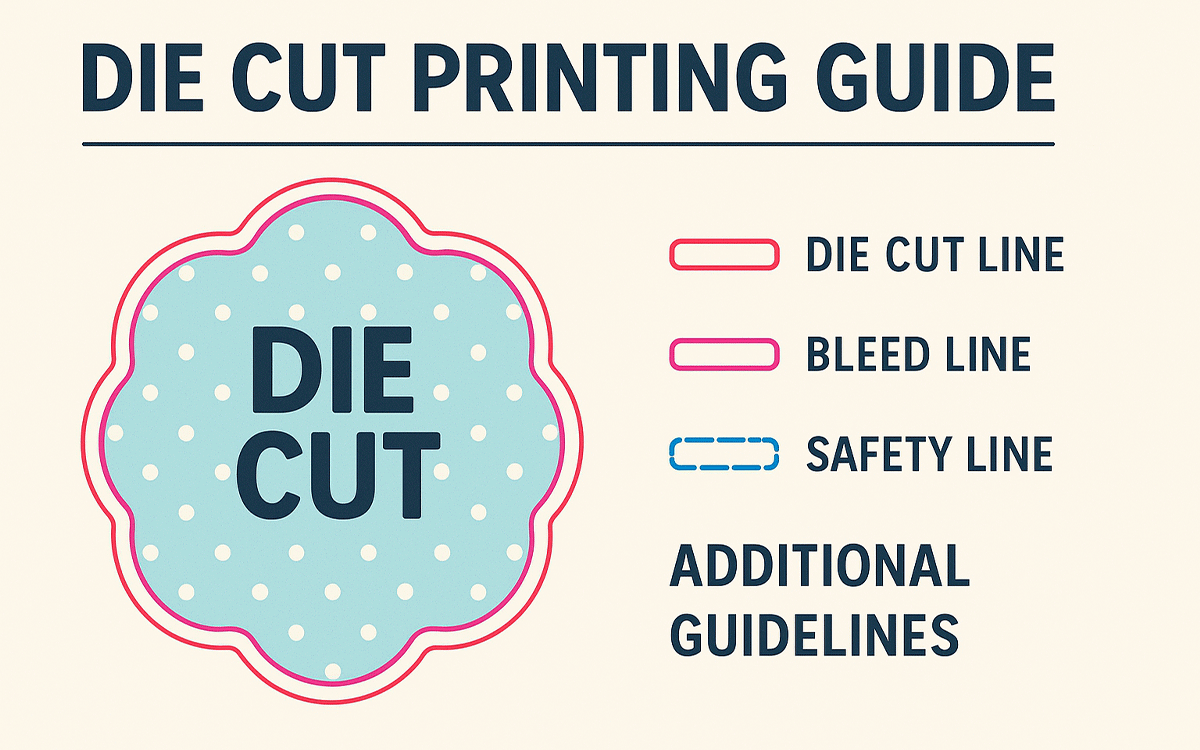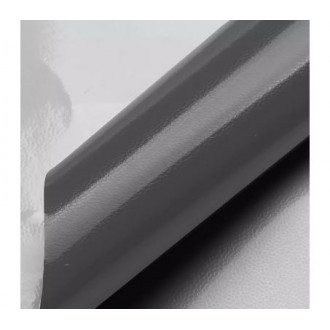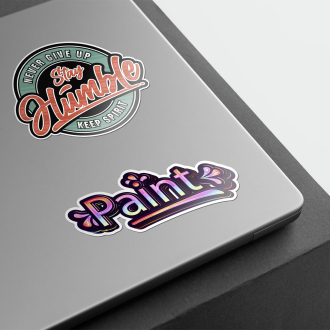In the world of printing and signage, precise cutting is crucial for creating professional, eye-catching products. Two popular cutting methods, die cutting and contour cutting, each have unique applications and benefits. This blog will provide a detailed introduction to their working principles, suitable materials, advantages, disadvantages, and examples of how they’re used across various industries. Whether you’re a print shop or an advertising agency, understanding these techniques will help you choose the best method for your projects.
1. Understanding Die Cutting
Die cutting involves creating shapes by pressing a blade through a material using a die,which is a custom-shaped metal tool. This method is perfect for producing high-quantity orders with consistent, repeatable shapes.
- Suitable Materials: Die cutting is commonly used with materials like paper, cardboard, and vinyl die cut products.
- Advantages: Ideal for large production runs due to its speed and consistency. It’s also great for creating intricate designs with high precision.
- Disadvantages: Die cutting requires a custom die for each shape, making it less cost-effective for small runs or projects with varying designs.
Applications:
- Die cut vinyl labels for product packaging.
- Custom-shaped business cards and promotional items.
- Decals and stickers for branding.
2. What is Contour Cutting?
Contour cutting uses a contour cutting vinyl cutter to follow the outline of a printed design,cutting along its edge. This method is ideal for projects that require cutting around complex shapes and designs without the need for custom dies.
- Suitable Materials: Primarily used for vinyl, but it can also cut through various other materials like fabric and paper.
- Advantages: Flexibility in creating unique shapes without the need for custom dies,making it cost-effective for smaller runs or custom projects.
- Disadvantages: Slower than die cutting for large production runs and may not be as precise for extremely intricate designs.
Applications:
- Custom decals and stickers with intricate shapes.
- Contour Cut / Etched Frosted Vinyl Die-Cut products for window graphics and signage. For more details, check out this product.
- Personalized promotional items and signage.
3. Comparing Die Cutting and Contour Cutting
While both methods offer precision and versatility, the choice between them depends on the nature of your project.
- Production Volume: Die cutting is better for high-volume production, while contour cutting is ideal for smaller, customized orders.
- Design Complexity: For designs with complex shapes and fine details, contour cutting offers more flexibility.
- Cost Considerations: Die cutting involves higher setup costs due to the creation of custom dies, making it less suitable for small, unique orders.
4. Choosing the Right Method for Your Project
When deciding between die cut vinyl and contour cutting, consider the following:
- Project Scale: For large quantities of the same design, die cutting is more efficient. For smaller, unique projects, contour cutting is the way to go.
- Design Requirements: If your design involves intricate details or custom shapes, a contour cutting vinyl cutter is the better option.
- Material Choice: Both methods work well with vinyl, but die cutting is more versatile for a broader range of materials.
Conclusion
Both die cutting and contour cutting have their places in the printing and signage industries.By understanding their working principles, advantages, and suitable applications, you can make informed decisions to optimize your production processes. Whether you need bulk vinyl die cut labels or intricate, customized designs, choosing the right cutting method will ensure the success of your project.


